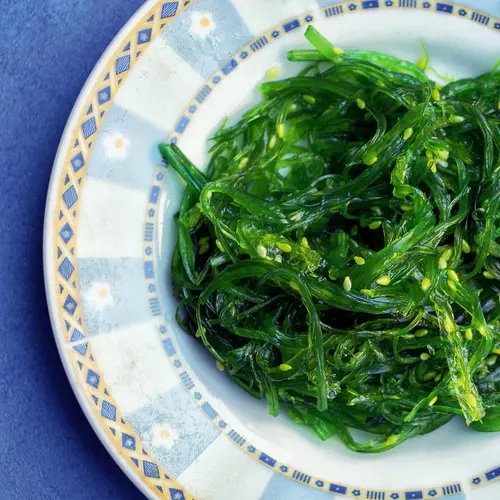Giving up gluten isn’t easy. Many food favorites like breads, pastries, and pasta have gluten. But for some people, the hardest part may be giving up beer.
Here’s what to know about gluten-free beer.
Problems With Gluten
Gluten is a type of protein that’s found in wheat, barley, and rye. It’s in many processed foods like breads, pasta, noodles, and cereals.
Gluten is linked to celiac disease. If you have this autoimmune condition, your body triggers inflammation in your small intestine when you eat gluten. Over time, it damages the lining of your small intestine, which causes it to absorb less nutrients.
About 30% of the population carries the genes that cause celiac disease. But only a small number of people with these genes have celiac disease.
Some people with celiac may not notice any symptoms. If you do, they can include:
- Fatigue
- Vomiting
- Constipation
- Joint pain
- Migraines
- Iron-deficiency anemia
- Arthritis
- Diarrhea
- Stomach pain
- Weight loss
- Itchy skin rash (dermatitis herpetiformis)
There’s no cure for celiac disease. The only treatment is to remove gluten from your diet.
A condition called nonceliac gluten sensitivity can also cause symptoms after you eat gluten. These symptoms are similar to those of celiac disease. But your blood test and endoscopies for celiac disease are normal. And when you remove gluten from your diet, these symptoms stop.
Is Beer Gluten-Free?
In 2016, Americans spent more than $107 billion on beer. This was more than sales of spirits, wine, and water.
Beer is one of the oldest beverages in the world, going back over 8,000 years. But the process of brewing beer hasn’t changed very much.
Beer is traditionally made with barley, hops, yeast, and sometimes wheat. Barley and wheat are grains that have gluten. The gluten level may decrease during the brewing process, but typical beer has a gluten content above 20 parts per million (ppm).
This threshold of 20ppm is the lowest amount of gluten that can be detected with available scientific tools.
Regular beer is not recommended for people who are on a gluten-free diet.
Gluten-Free Beers
Gluten-free beers are made with grains that don’t have any gluten, such as:
- Gluten-free oats
- Rice
- Maize
- Teff
- Millet
- Buckwheat
- Quinoa
- Amaranth
- Sorghum
Gluten-free beers often cost more because the alternative grains and adaptations add to production costs.
You may also find that gluten-free beers taste a bit different than regular beers. They might be sweeter or less carbonated.
For instance, sorghum beer is slightly sweet. Quinoa beer has a different smell from regular beer. Buckwheat beer doesn’t have stable foam.
But as more gluten-free beers enter the market, you might find some that suit your taste.
Gluten-Removed Beers
Some beers are “gluten-removed.” They’re made with grains that have gluten. The gluten is removed in production, but some bits may remain.
Methods of gluten testing used for food aren’t useful for testing gluten-removed beers. The process that brewers use to break down gluten proteins is called hydrolysis. There’s no way to check the gluten level of food and drinks that are partially broken down in processes like hydrolysis and fermentation.
Celiac disease can be triggered by as little as 100 milligrams of gluten or 1/64 teaspoon of flour a day. In some people, just 10 milligrams of gluten can activate celiac disease.
One study looked at blood samples from people with celiac disease to see if the antibodies reacted to proteins in gluten-free and gluten-removed beer.
Researchers found that several of the samples had reactions to gluten-removed beer. So it still had some fragments of gluten and may not be safe for people with celiac disease. But none of the samples had reactions to gluten-free beer.
If you have celiac disease, experts recommend avoiding gluten-removed beers. Beers that are labeled gluten-free are generally safe.
Other alcoholic drinks that are gluten-free include wine, pure distilled liquors, drinks made from fermented fruit juices, and hard ciders. But some hard ciders may also have barley, so it’s important to read the ingredients list.
Drink beer and other alcoholic beverages in moderation. The Dietary Guidelines for Americans recommends limiting alcohol to two drinks a day for men and one drink a day for women.

